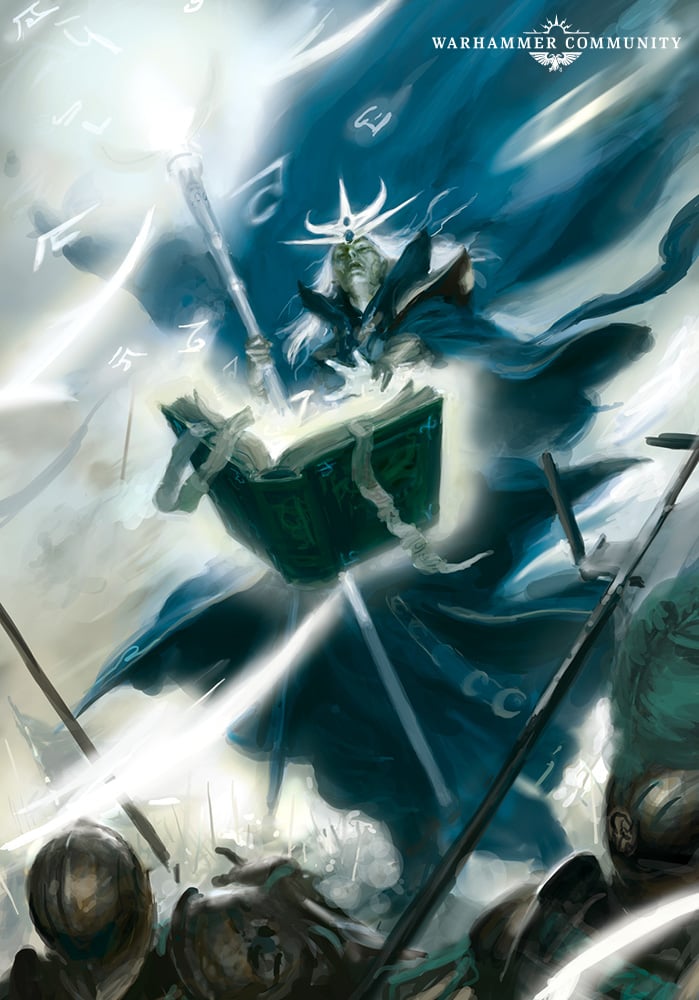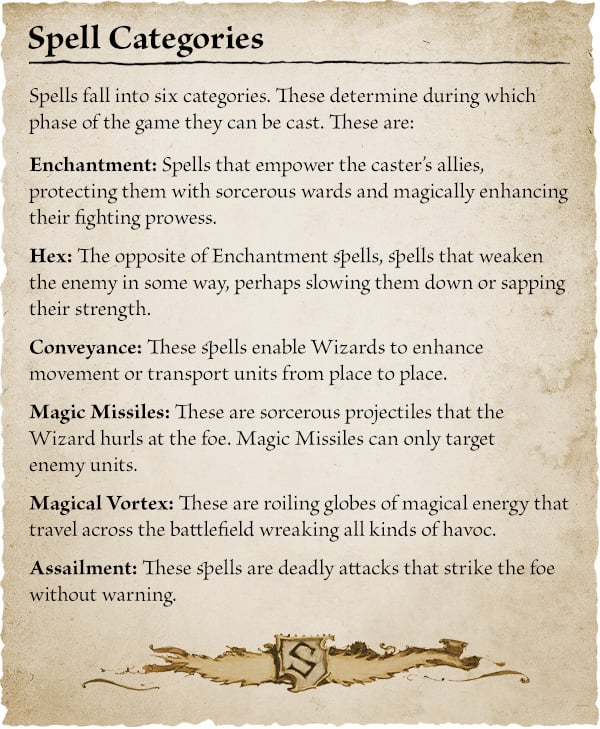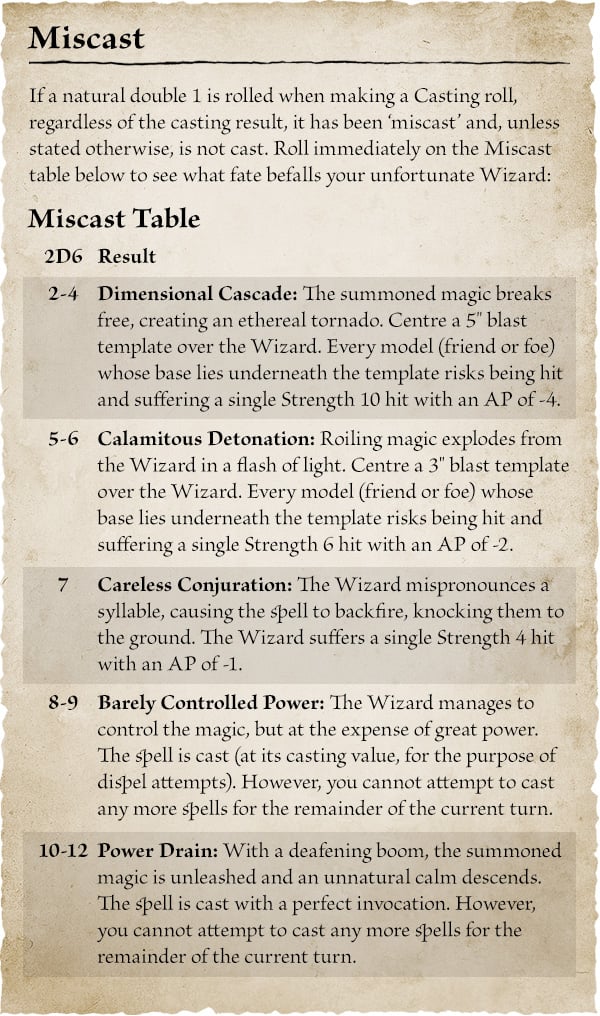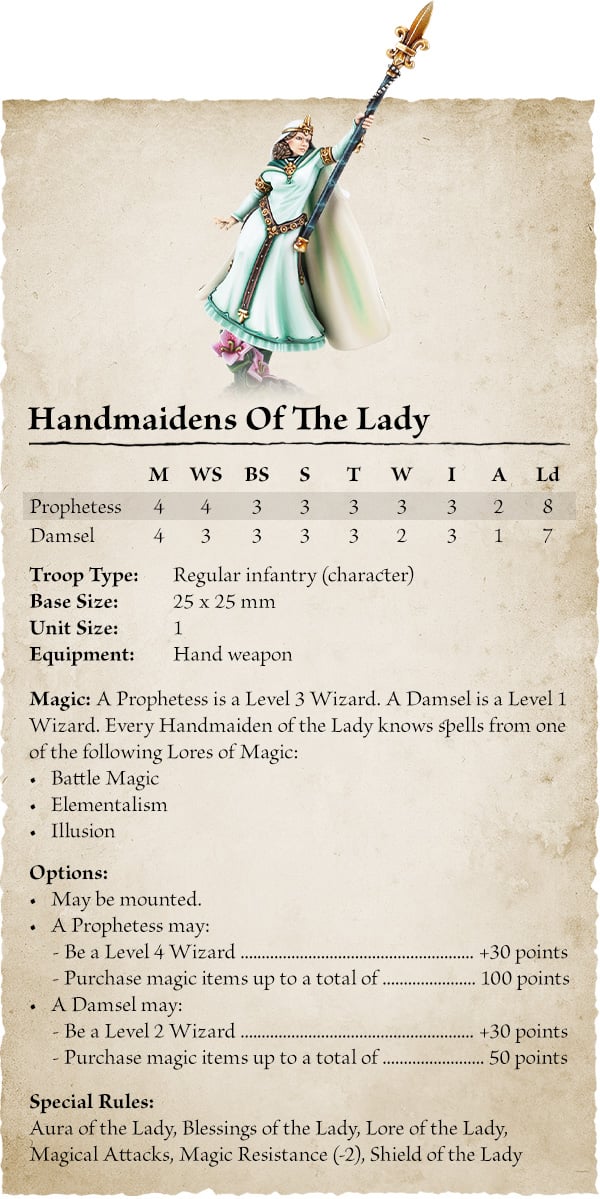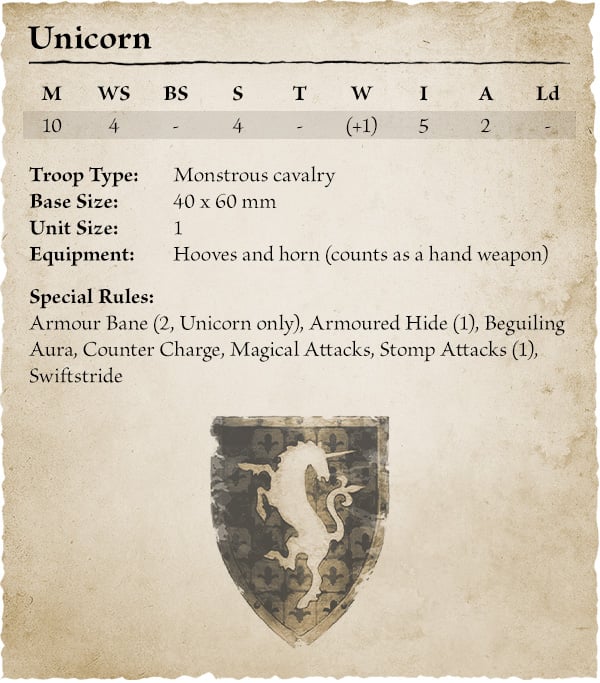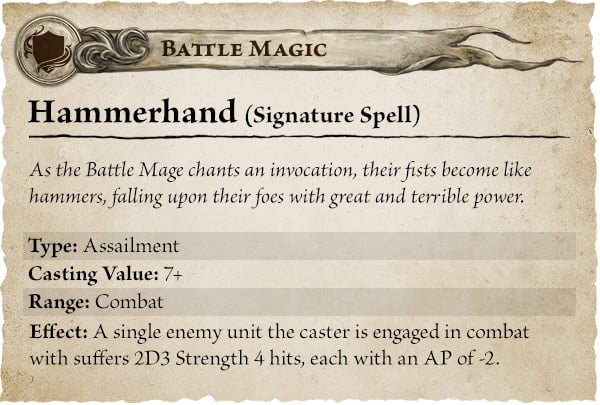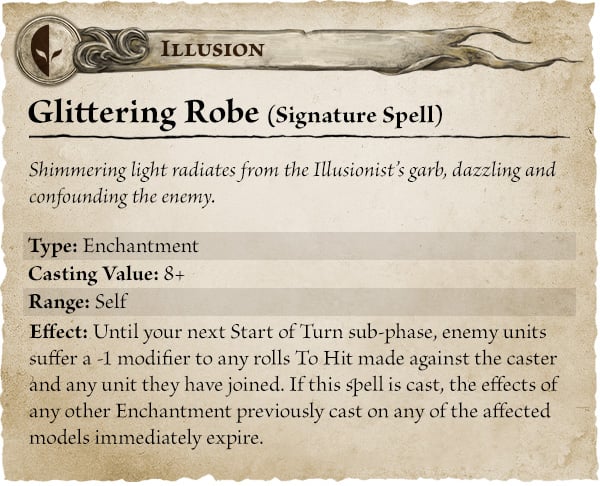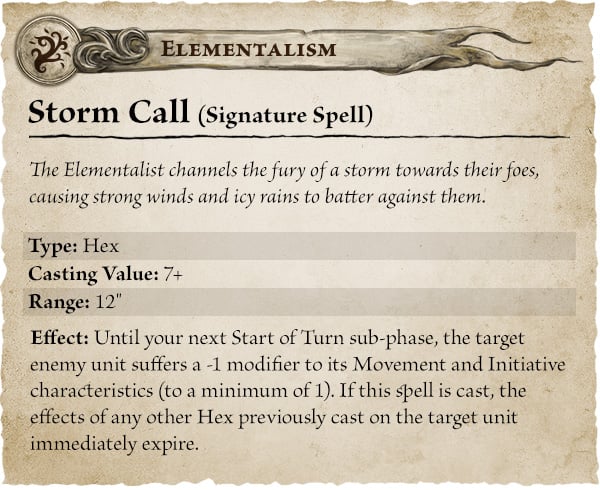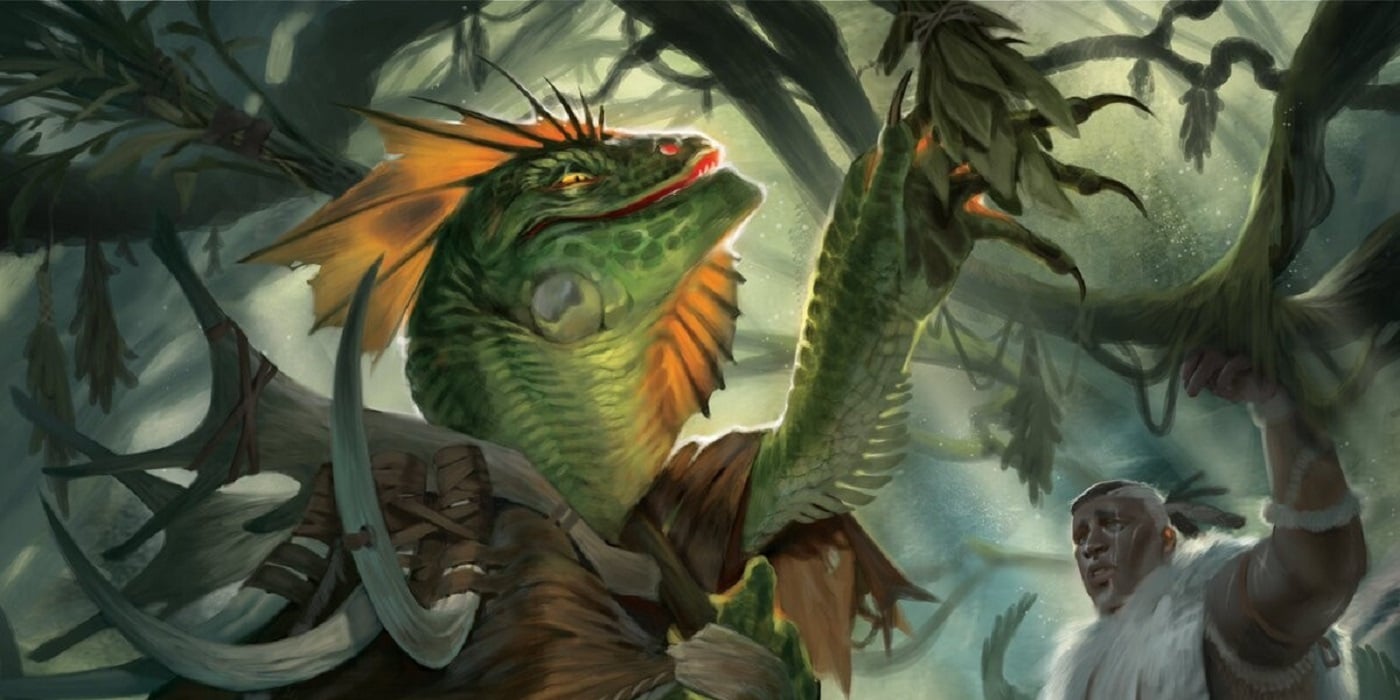Warhammer: The Old World – Magic Rules Preview
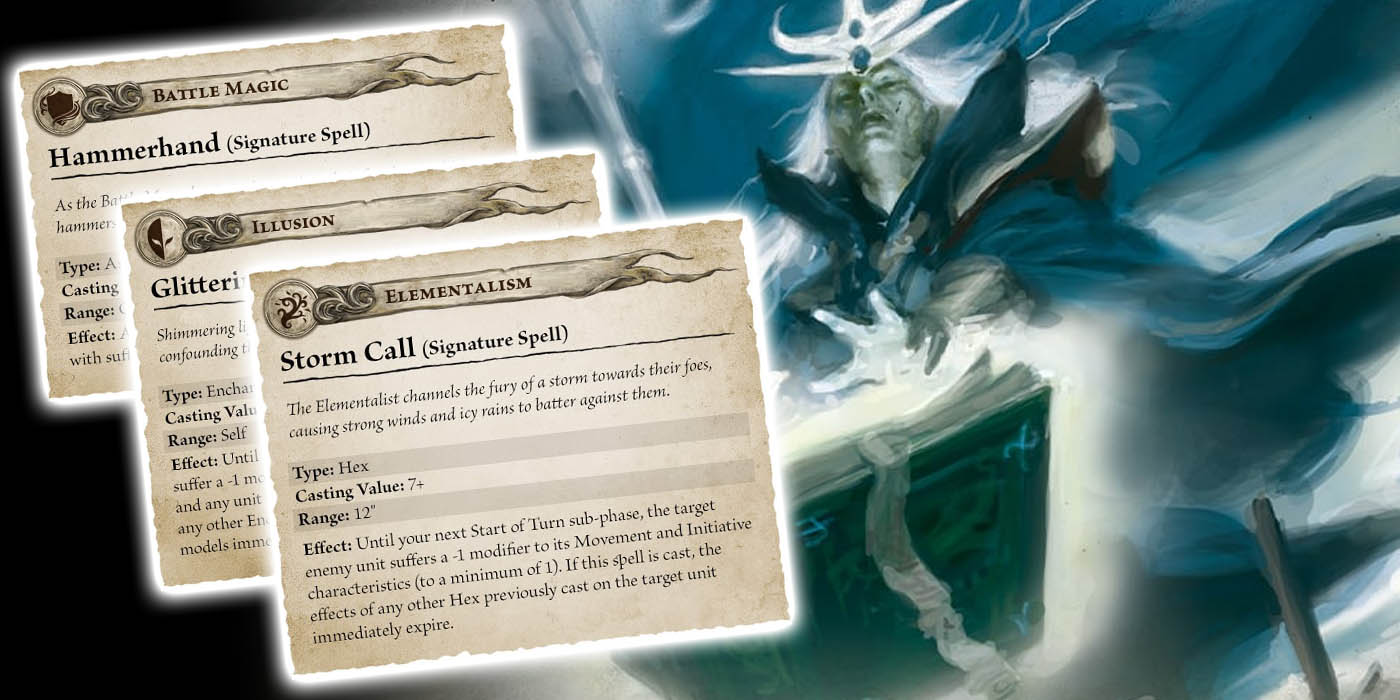

Get ready for a little Wizardry 101 from the Old World. Today we’re getting the lowdown on how spellcasting will work.
Warhammer: The Old World is taking some of the best ideas from various editions of Warhammer Fantasy and rolling them all into one. But the game designers aren’t just recycling the old rules. They are also making some tweaks to the game as well. We’ve covered the four phases of the game and old school fans have noted how there’s not a “magic phase” like in Warhammer Fantasy. So what gives? Turns out magic isn’t just a one-phase thing anymore…
“…if anything, magic is even more prevalent as it’s cast during every phase of the game.”
Magic In The Old World
Just to set the stage a bit, it’s important to know that The Old World is set before the time of the Colleges of Magic. Sure, there are still Imperial Wizards using the Eight Winds of Magic, but the formal schools have not been established…yet.
“That’s not to say that there aren’t lores – there are eight in the core rulebook alone, each representing a particular approach to the study of magic: Battle Magic, Dark Magic, Daemonology, Elementalism, High Magic, Illusion, Necromancy, and Waaagh! Magic. Most mages will have access to two or more of these, selecting one Lore at the start of each battle.”
Within each of the Lores there are seven spells. One of those spells is the “signature spell” which will be available to any wizard who practices with that lore. Also, in a nod to Warhammer Fantasy, each wizard comes with a level from one to four. The higher the level, the more spells they know at the start of the game.
Spell Categories
One change is the introduction of various Spell Categories. As a concept, GW has uses similar styles of categories before for things like Psychic Powers and even Magic. However, these are a bit more defined. They also help determine when the spell type will be cast:
“There are six types of spell: Enchantment and Hex (Strategy phase), Conveyance (Movement phase), Magic Missile and Magical Vortex (Shooting phase), and Assailment (Combat phase). These are cast in the appropriate phase, so units can end up Enchanted or Hexed from the outset of your turn, magically moved when it’s time to charge, and blasted with arcane power when the rest of the shooting happens.”
Spell Casting
To cast the spells, it’s pretty straight forward. During the appropriate phase, the caster declares what spell they are attempting and rolls 2D6. They also get to add their skill level to the roll, too. If they meet or beat the casting value then the spell is cast. However, if a natural double 1 is rolled, then a Miscast happens:
On the flip side, a natural double 6 is a Perfect Invocation.
Magical Defense
Now, if you want to stop these spells we need to look at the defensive side of things. Opposing wizards can attempt to stop the spellcast with a dispel attempt of their own.
“…provided they’re within 18” as first and second-level casters, or 24” at levels three and four. Roll 2D6 and add your level to the roll – if you beat the casting roll, the target spell is cancelled. A double 6 counts as an Unbinding, dispelling no matter the casting roll, but should you roll a double 1, you’ve been Outclassed in the Art – and you must roll on the Miscast Table…”
On top of this, both Casting and Dispel rolls can be modified with various magic items. You can bet the battle for arcane dominance is real on the tabletop of The Old World. And even if you don’t have a wizard around to dispel, there’s a Fated Dispel you can use as well. It’s a once per turn unmodified 2D6 attempt to stop a spell.
Some unit/armies also have some innate magical resistance. Most notably, Dwarfs — and they even have Runesmiths who can make dispel attempts, too.
Spellslinger Characters
Here we have an example of one such spell caster. This gives us a good example of all the options available here. Note the point costs and limits on magical items, too. Oh, and if you really want to go full-on magic mode, why not take a unicorn, too:
“She’s at her best when she’s joined by a unit, as her aura confers Magical Attacks and Magic Resistance (-2) to the brave men and women she leads, and her Shield of the Lady ability allows her to seek sanctuary in the back rank where she can cast her spells untroubled by the aggression of the foe.”
Having a wizard join a unit to provide those Auras seems pretty handy! You can make some assumptions about what Magic Resistance does as well but at -2 seems good.
How about a look at a trio of spells?
From the rundown of the magic system and the spell examples it’s clear that this is a simplified version of the Magic system from previous editions. However, there’s still a lot of tactical flexibility and nuance here. Positioning your Wizards around the battlefield will be key and an important part your magical offense and defense. Ideally, this should make casting faster and more dynamic as both players will be reacting to the various spells flying around. Magic in The Old World will certainly keep you on your toes!
What do you think of these changes to magic and their implementation for The Old World?

